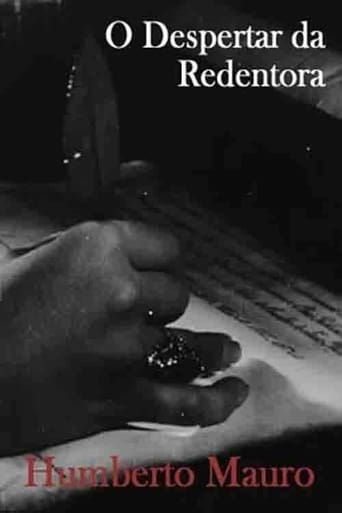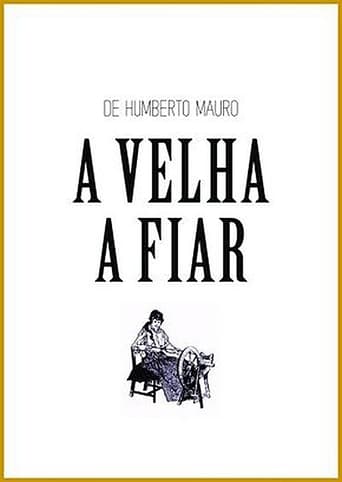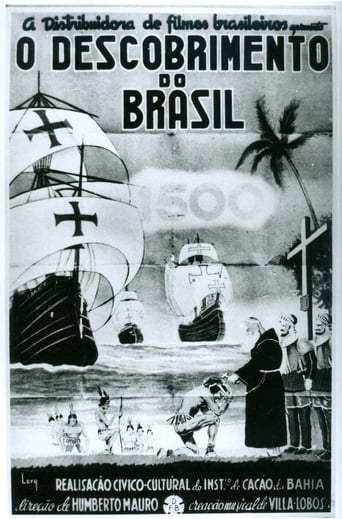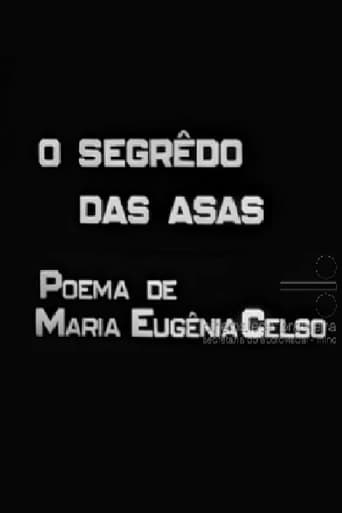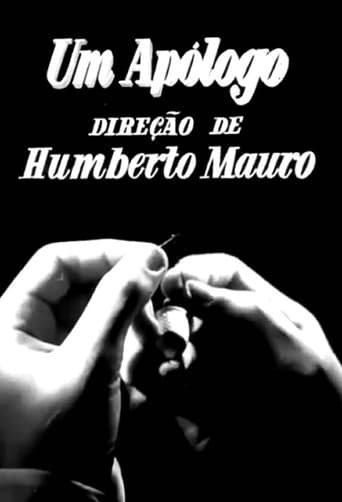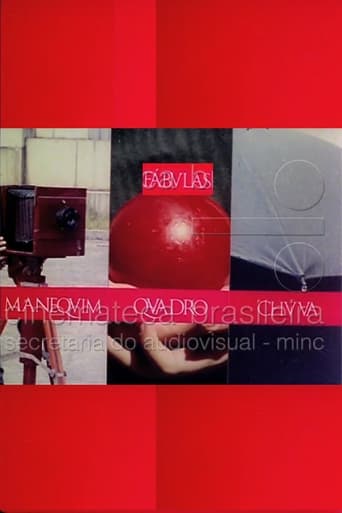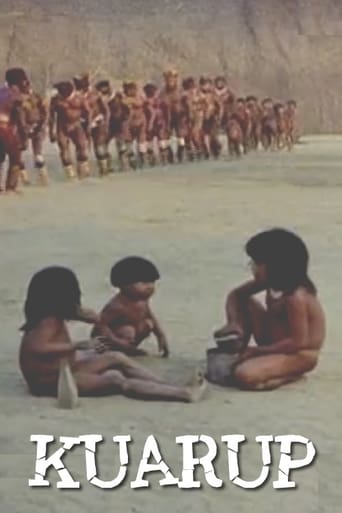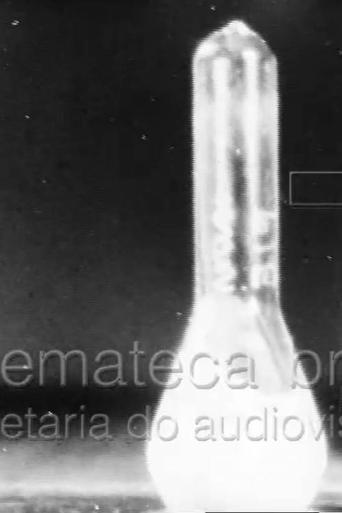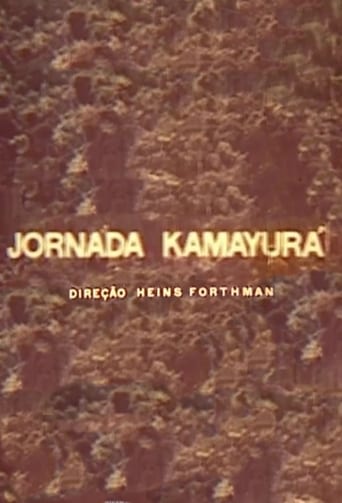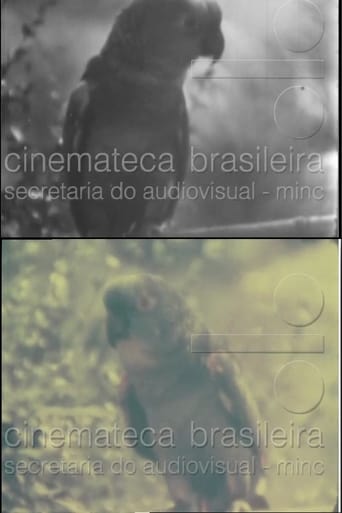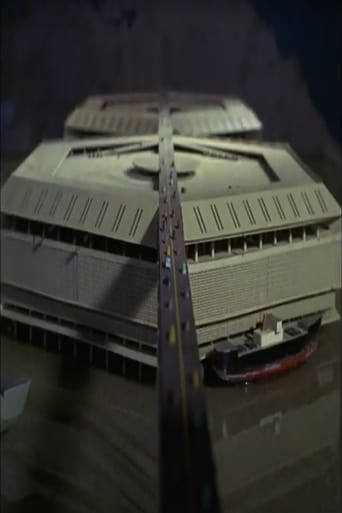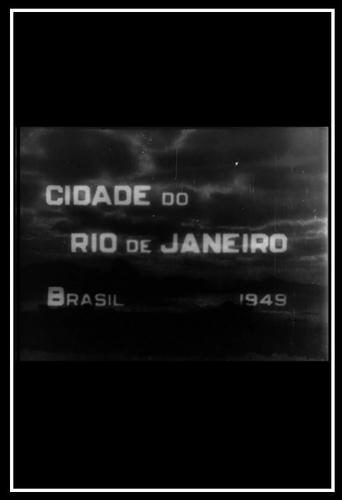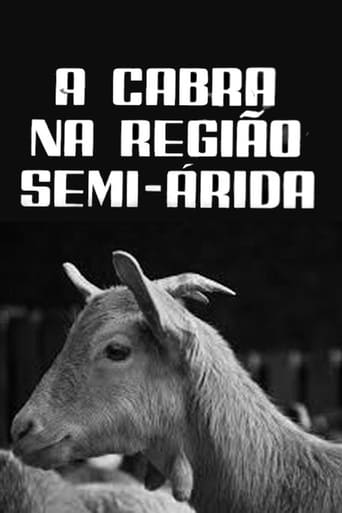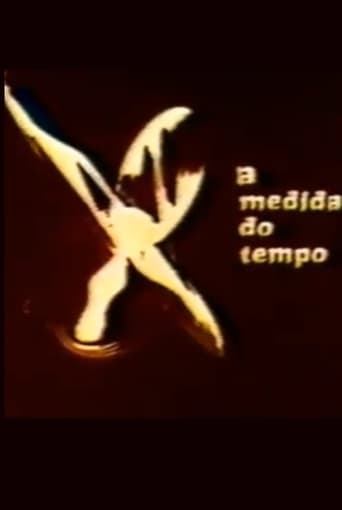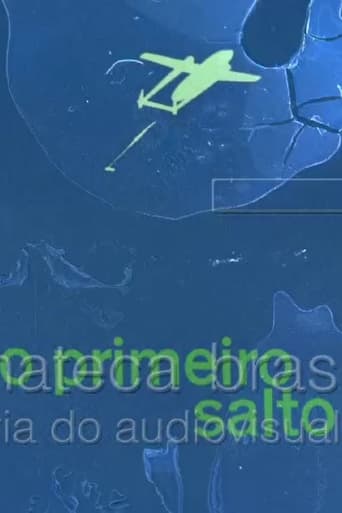INCE - Instituto Nacional de Cinema Educativo
A Velha a Fiar 1964
A Velha a Fiar illustrates a Brazilian folk song in which a being or entity is always predating another being, but is in its turn predated by some other animal, until the circle closes. It begins like this: an old woman is quietly weaving and a fly disturbs her; a spider eats the fly; a mouse eats the spider; a cat chases the mouse and so on...
The Discovery of Brazil 1937
O Descobrimento do Brasil (The Discovery of Brazil) is an impressive historical epic recreating Álvares Cabral’s voyage to the New World in 1500, with a score especially written by the renowned composer, Heitor Villa-Lobos. One of the earliest examples of Brazilian cinema, this film depicts the perilous journey of Pedro Álvares Cabral’s armada from Portugal to Brazil. Though somewhat rudimentary compared to other films of the period, The Discovery of Brazil distinguishes itself with its scenes of indigenous people and Portuguese explorers on the beach, and in the imaginative lighting on board the ship. But the real star is the beautiful cantata by Villa-Lobos that permeates the film.
O Segredo das Asas 1945
Um Apólogo 1939
An adaptation of Machado de Assis' eponymous short story, preceded by a short telling of the author's life and works.
Congonhas do Campo 1957
Aspects of the city of Congonhas do Campo. The preponderance of baroque architecture, the Basilica of Senhor Bom Jesus de Matozinho, the six chapels on the terrace leading to Morro do Maranhão. Each chapel contains statues representing moments of the Passion of Christ. While in the first chapel there is Santa Ceia figuration, in the second there is the Passo Horto scene. The kiss of betrayal and the imprisonment of Christ before the scene of the third chapel. In the fourth, two scenes are gathered: the coronation and the flagellation. On the fifth, the Christ bears the cross and the crucifixion is featured in the sixth chapel. The twelve apostles of Aleijadinho and the Latin inscriptions of each one. The interior of the Basilica and its main altar, with the figure of the Lord Dead.
Fábulas 1966
O Puraquê 1939
Between captured images, animations and scientific descriptions, the puraquê electric fish is presented through the eyes of Humberto Mauro and Carlos Chagas Filho.
Kuarup 1963
Aspects of the life of the Kamaiurá, an indigenous tribe that inhabits the Upper Xingu. The manioc-based food, the training with bow and arrow and the work carried out by the young Indian, the girls learn how to spin, and the boys develop the knowledge of the tribe with the shamans. An important rite is the Kuarup, which honors a great dead leader. The procedures for the rite: the decoration of tree trunks, the painting of bodies, the dance choreography, the physical confrontation between the Indians. Finally, the trunks are taken by children to the waters of the Xingu River.
Febre Amarela I 1938
The film demonstrates all stages of production of the yellow fever vaccine that took place in the Yellow Fever Service laboratory of the Rockefeller Foundation, located in Manguinhos, Rio de Janeiro, next to the Oswaldo Cruz Institute.
Jornada Kamayurá 1966
Papagaio 1937
Febre Amarela II 1938
At the Rockefeller Foundation, the rat colony for experiments with viruses and antibodies in humans. In Ilha dos Macacos, next to the Oswaldo Cruz Institute, in Rio de Janeiro, the creation of Rhesus monkey by the Rockefeller Foundation - a primate species that allows the monitoring of experimental yellow fever.
Higiene Rural 1954
Rio, Uma Visão do Futuro 1966
The architect Sérgio Bernardes' vision of the future for Rio de Janeiro. Models and designs of airports, ports, and remodeled neighborhoods propose the creation of a vertical city for the urban problem and its transformation into an international center for commercial and
A Cabra na Região Semi-Árida 1966
On the dry ground of the caatinga and on the rocky slopes of the sertão, the goat survives. Organic parts of the country landscape, linked to the economy of certain regions, provide milk, meat and skin for export.
A Medida do Tempo 1958
Animations (only parts in nuclei in the film) and images, many of them archival and foreign, illustrate that the notion of time is associated with movement and its measurement is performed by the rotation of the Earth around its axis and the Sun. The angle of inclination of the Earth in this last movement also marks the climatic seasons. From the need for greater accuracy in measuring time, gnomons and solar quadrants arose, for whose reading the duodecimal numbering is used. Based on this numbering, time zones and mechanical measuring devices were established, illustrated by the clock mechanism with a church bell. The evolution of astronomy determines the creation of more accurate electronic devices for the evaluation of time, such as the meridian telescope, the Markowitz chamber, the electronic oscillators and the telescope, with which astronomers work at the National Observatory.
O Primeiro Salto 1965
Engenhos e Usinas 1955
A look at the now abandoned production farms, substituted by power plants.
